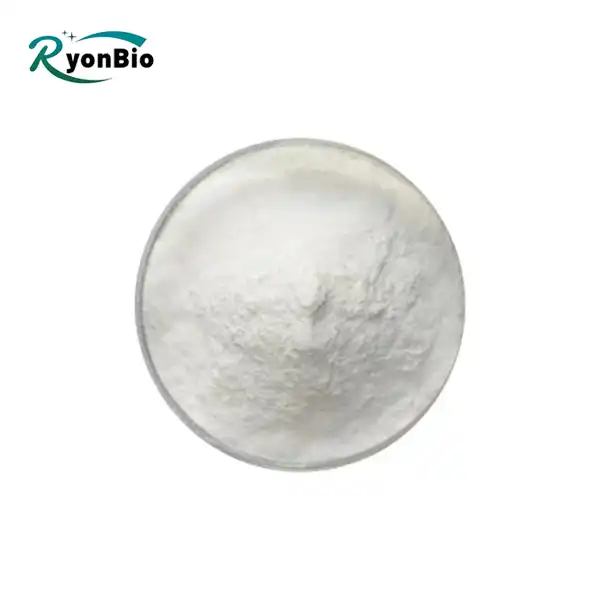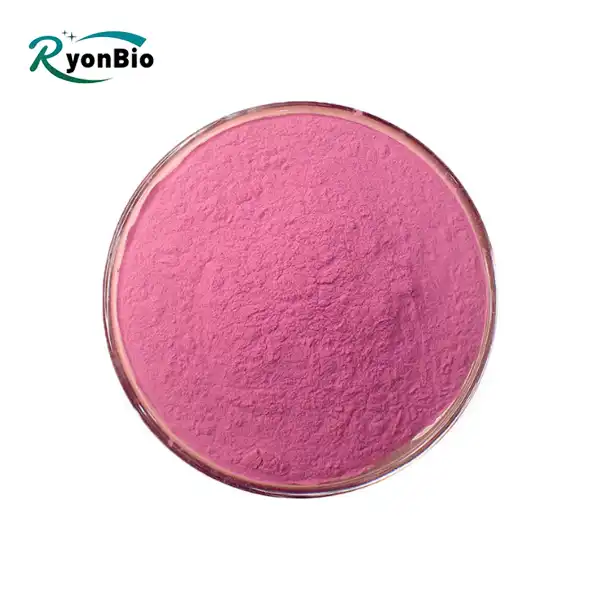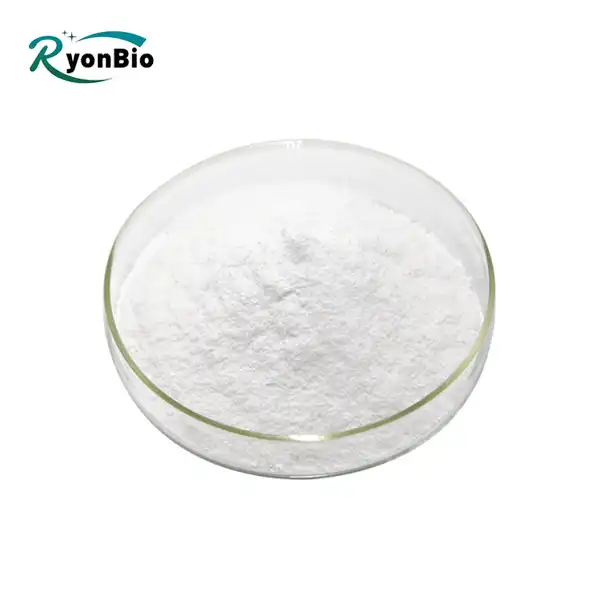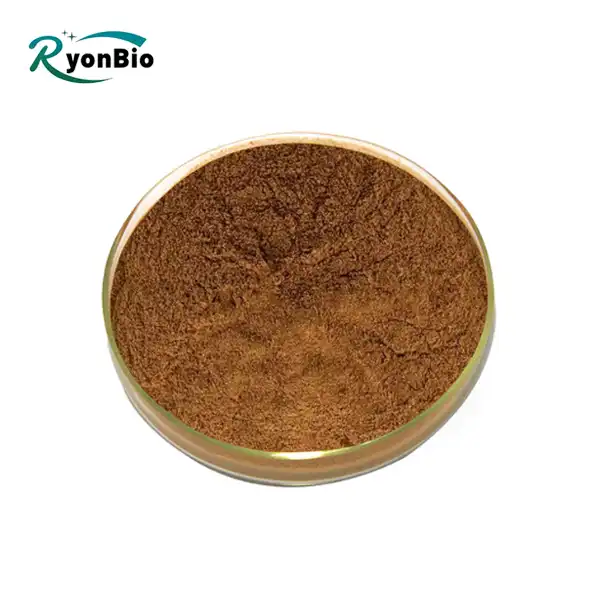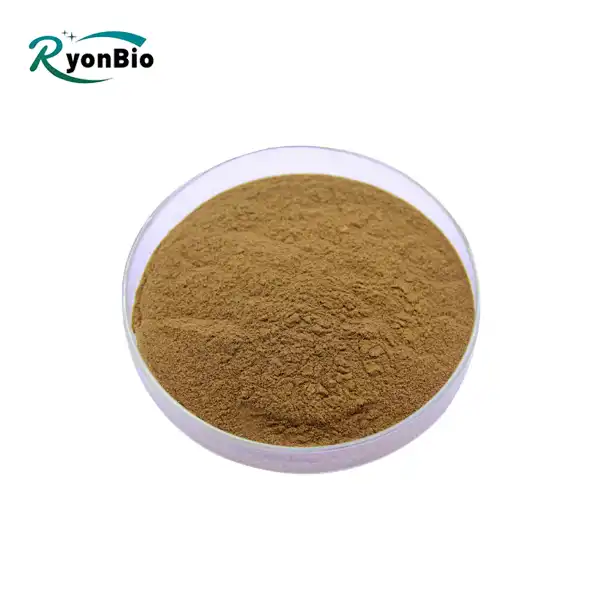As a food handling master with a profound comprehension of the subtleties of food added substances, I'm in many cases gotten some information about the wellbeing of different fixings, including Sorbitol Powder.Due to its beneficial properties, this sugar liquor is frequently utilized in the food industry.I'll go over the food safety profile, regulatory status, and uses of sorbitol powder in various food applications in this article.

Regulatory Status and Safety Assessment of Sorbitol Powder
Sorbitol Powder is widely acknowledged as a safe ingredient in food products globally. It has attained the 'Generally Recognized As Safe' (GRAS) status from the U.S. Food and Drug Administration (FDA), based on a thorough safety assessment and a long track record of safe use in a variety of food categories. According to the GRAS assignment, administrative authorities and master logical agreements have set strict standards for well-being, which are met by Sorbitol Powder. Its suitability for human consumption at specific levels has been confirmed by evaluations that have taken into account its metabolic pathway, the possibility of toxicity, and adverse effects. In addition, regulatory frameworks in the European Affiliation (EU) and various wards equivalently support Sorbitol Powder for food applications, highlighting its consistence with exhaustive prosperity standards. Its security profile is constantly supported by perception and examination, guaranteeing that clients may certainly appreciate items containing Sorbitol Powder without endangering their wellbeing. The managerial confirmation underlines that it means quite a bit to the worldwide food industry as a solid and down to earth improvement trained professional.

Role of Sorbitol Powder in Food Formulation
Sorbitol Powder is a vital component of food detailing since it is a multipurpose tool that improves both product quality and customer happiness. Its fundamental capacity as a humectant is basic for safeguarding soddenness in food sources like arranged items and pastry shop, thusly growing their stretch of time of ease of use and staying aware of freshness. This dampness maintenance capacity is especially helpful in keeping items from becoming dry or losing their surface after some time.
Besides, Sorbitol Powder's capacity to give gentle pleasantness without the caloric effect of sugar makes it ideal for forming without sugar or low-sugar choices in confections, treats, and drinks. This part fulfills the developing prerequisite for smart dieting choices while guaranteeing a fantastic flavor knowledge.
Sorbitol powder is likewise utilized in food applications as a plasticizer to work on the mouthfeel and surface improvement of merchandise like icings and gels. By improving consistency and spreadability, it upgrades the generally tactile discernment and buyer acknowledgment of these things.

Overall, Sorbitol Powder's multifaceted properties make it an essential component in modern food production. It supports innovation by enabling the creation of products that meet diverse dietary preferences and nutritional needs effectively, thereby reinforcing its significance in the food industry.
Dietary Considerations and Intake Recommendations
Although sorbitol powder is generally considered safe to eat, it is important to take specific dietary requirements and limits into account before adding it to one's diet. Particularly beneficial for individuals with sugar intolerance or diabetes, Sorbitol Powder serves as an effective sugar substitute due to its lower glycemic index and reduced impact on blood glucose levels compared to sucrose.
In any case, balance is key while consuming Sorbitol Powder, as extreme admission might possibly prompt gastrointestinal distress, for example, swelling and loose bowels, particularly when consumed in huge amounts. It is advisable to adhere to recommended intake guidelines provided by health professionals or regulatory authorities to ensure safe and effective use.

When planning meals with sorbitol crystalline powder, it's important to know your own tolerance limits. As part of a balanced and health-conscious diet, adjusting intake depending on individual reactions can help minimize any negative effects and maximize the benefits of this component.
By following these suggestions and considering individual wellbeing conditions, individuals can profit from Sorbitol Powder while likewise really controlling specific medical problems and protecting generally speaking nourishing health.
Allergenic Properties and Labeling Requirements
Sorbitol Powder is widely recognized as a low-allergenic ingredient and is not typically included among the major allergens that require specific highlighting on food labels, such as peanuts, dairy, or gluten. Its minimal allergenic potential makes it generally safe for consumption by individuals with various food sensitivities or allergies.

Notwithstanding its low allergenicity, exact and straightforward marking rehearses stay fundamental for guaranteeing customer wellbeing and informed navigation. Manufacturers are obligated to list sorbitol crystalline powder and all other ingredients prominently on food packaging. Customers can make informed choices about the foods they eat thanks to this commitment, particularly those who are managing specific allergies or dietary restrictions. Clear and extensive naming likewise helps people in keeping away from expected allergens or fixings they like to keep away from because of wellbeing concerns or individual inclinations.
Food producers safeguard buyer certainty and straightforwardness by sticking to severe marking principles. This procedure advances variety and makes the food business more secure by taking special care of a great many dietary necessities and inclinations of global clients.
Conclusion
Sorbitol Powder is a protected fixing in food, with a demonstrated history of purpose and administrative endorsement. Due to its adaptability, it is an important component in food formulation. However, as with all food additives, moderation in consumption is advised to ensure dietary comfort and to prevent any potential adverse effects.

If you want to learn more about this kind of Sorbitol Powder, welcome to contact us at: kiyo@xarbkj.com
References
1.Livesey G. (2003). Health potential of polyols as sugar replacers, with emphasis on low glycaemic properties. Nutrition Research Reviews, 16(2), 163-191. doi:10.1079/NRR200371
2.EFSA Panel on Food Additives and Nutrient Sources added to Food (ANS). (2017). Scientific opinion on the re-evaluation of sorbitol (E 420) as a food additive. EFSA Journal, 15(3), e04724. doi:10.2903/j.efsa.2017.4724
3.Wang Y., Parker D., & Mandell I. (2011). Risk assessment of sorbitol as a food ingredient. Food and Chemical Toxicology, 49(11), 2842-2849. doi:10.1016/j.fct.2011.07.072
4. and Drug Administration. (2019). Food additives permitted for direct addition to food for human consumption; polydextrose. Code of Federal Regulations, Title 21, Volume 3, Section 172.841.
5.European Commission. (2008). Commission Regulation (EC) No 1333/2008 of 16 December 2008 on food additives. Official Journal of the European Union, L354/16-L354/33.
6.Yang Q., Zhang W., Hu J., Wang X., & Chen J. (2020). Effects of sorbitol on human health: Possible benefits and potential risks. Journal of Food Science, 85(7), 1997-2003. doi:10.1111/1750-3841.15292
